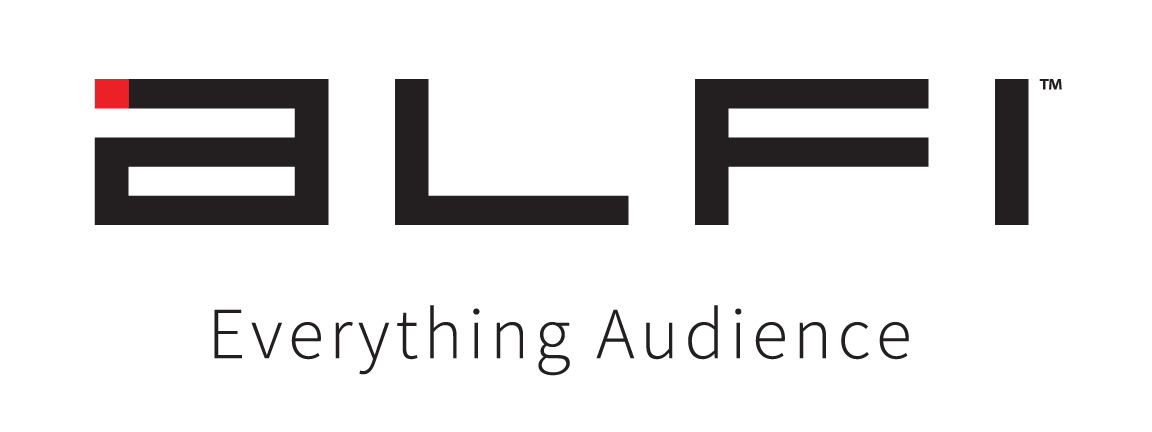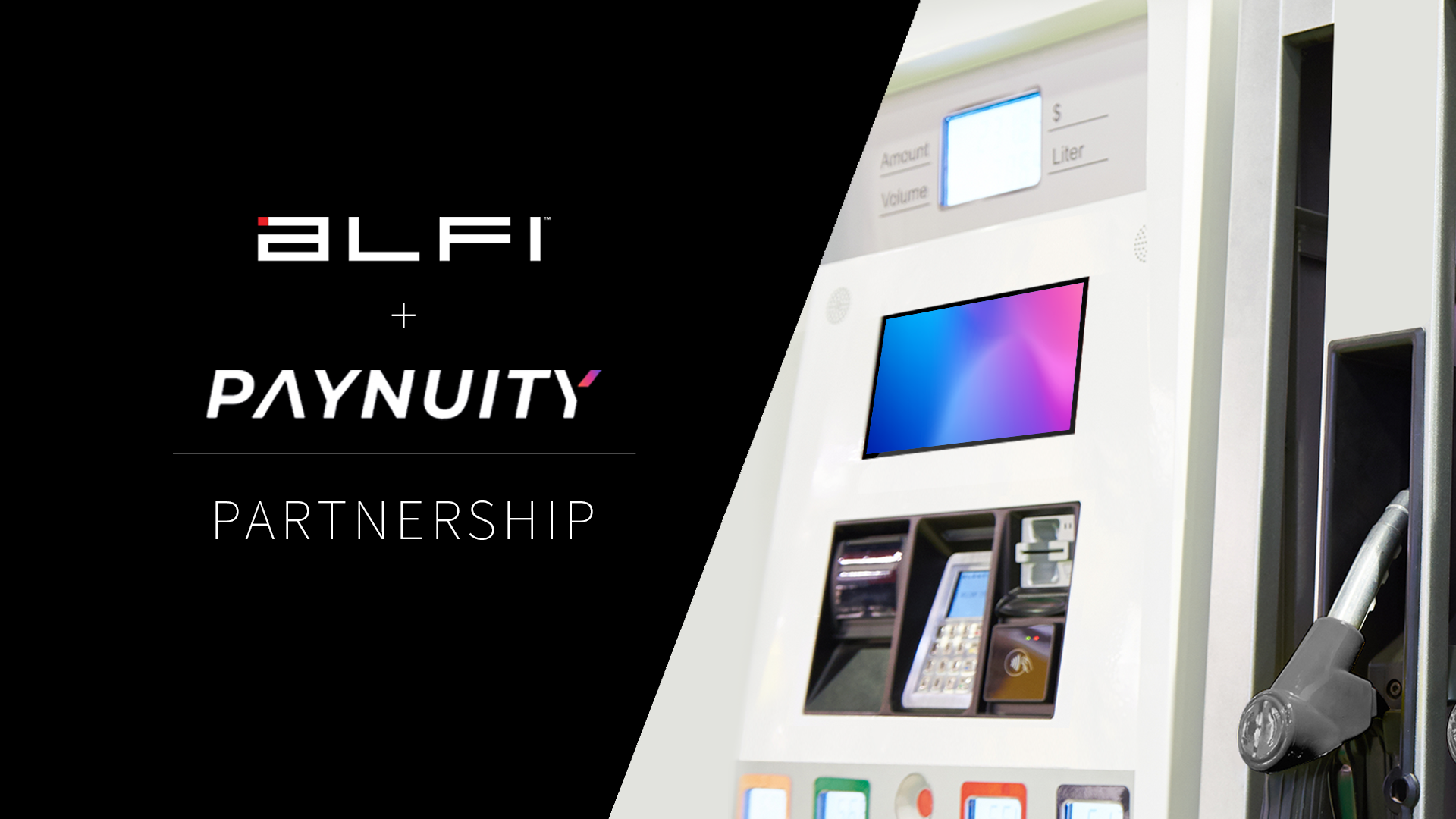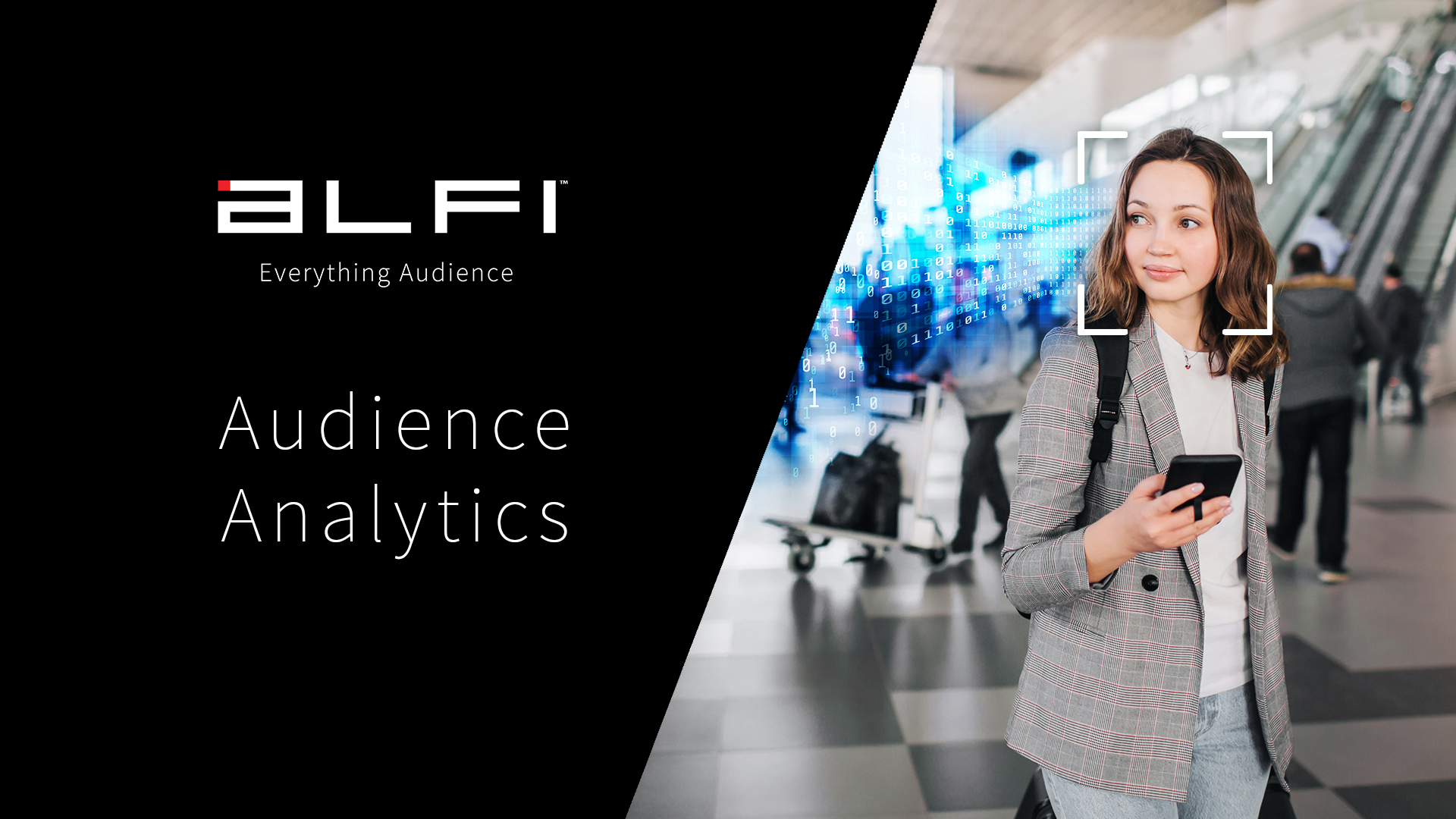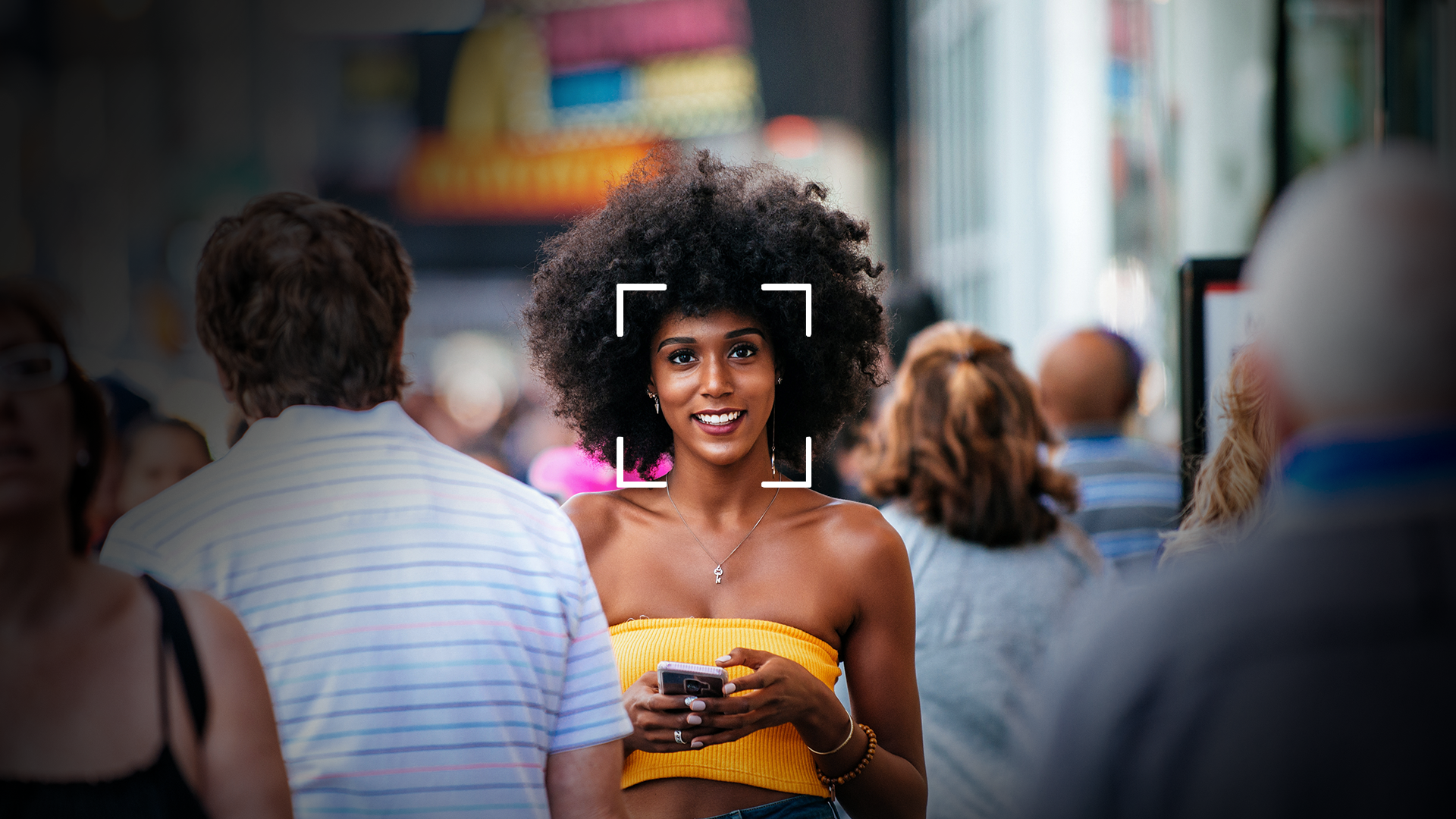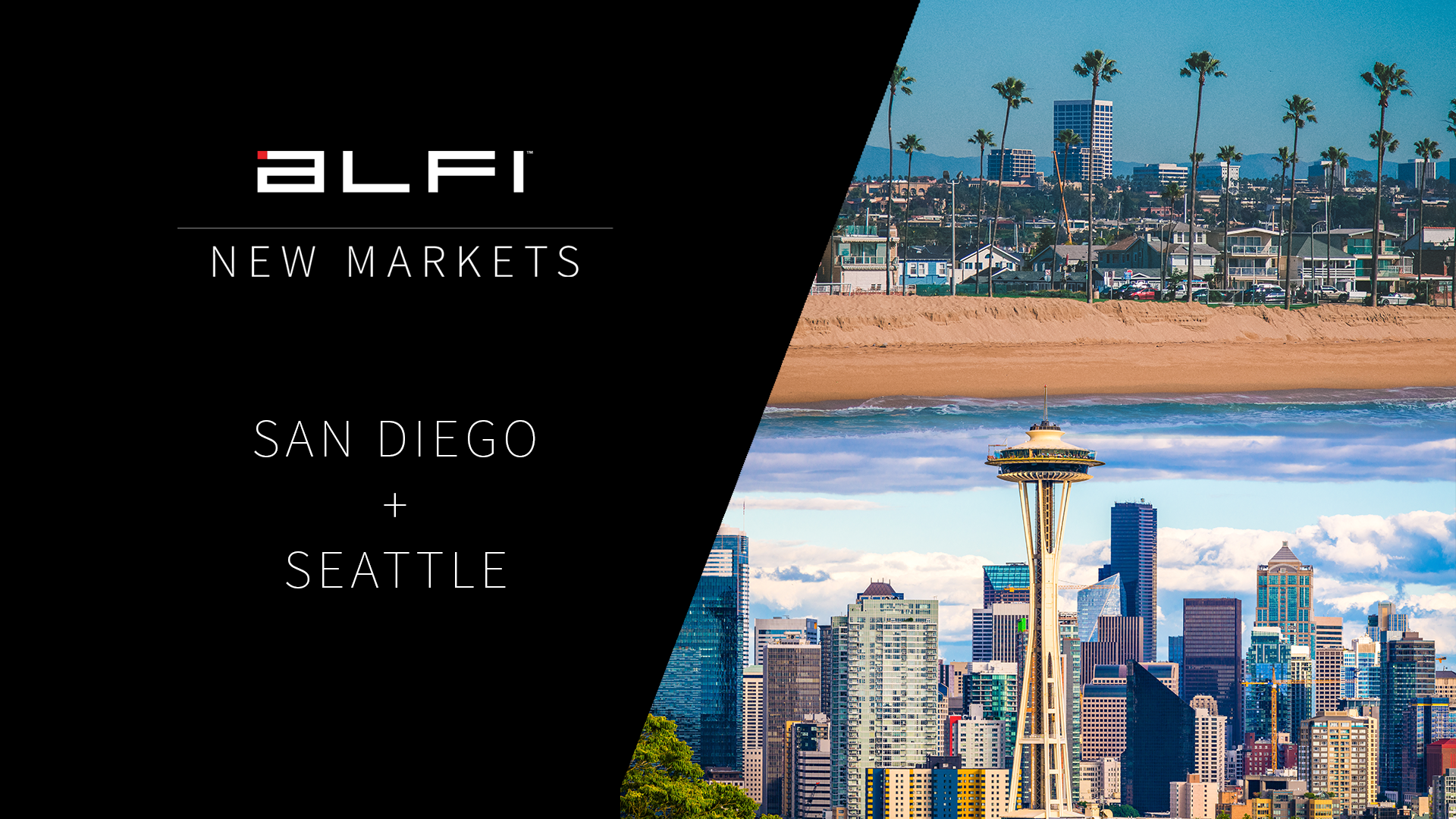2020 has changed a lot in this world, there’s no doubt about that.
Beyond adjusting to the “new normal” that’s been seemingly pressed upon us, we also have to adjust to monumental changes in industries that have shaped our current world.
Advertising, in particular, is one of those industries, with brands struggling to reshape their strategies and appeal to the new consumer and a new way of life for who knows how long.
Along with the negative impacts of the COVID-19 Pandemic, there’s also sprung some opportunities to improve upon traditional methods and rebuild for a better, more advanced world.
Today we’ll be discussing the digital out-of-home Industry, the impacts that COVID-19 has had and continue to have on it, as well as an outlook for the future of DOOH and advertising as a whole.
What is DOOH?
To understand DOOH you must first understand OOH or out-of-home Advertising.
OOH advertising is by definition, any form of visual advertising that’s found outside of the home, and not on consumers’ personal devices like phones or computers. This most often includes signs like billboards, smaller sign-based advertisements in public transportation and transit centers like subways and airports, or at kiosks throughout cities and shopping centers.
This has previously been a very effective form of advertising as it’s targeting consumers when they’re not engaged in their own devices and are more receptive to advertising. Say while waiting for a train or plane, or while strolling through a mall without an exact destination.
In recent years, DOOH or Digital Out of Home Advertising has been an increasingly popular alternative or replacement to the same locations which populated OOH advertising.
The difference?
DOOH, not surprisingly, has a digital display as opposed to a standstill advertisement. This allows advertisers and media buyers to switch what is being displayed on the signs, kiosks, or billboards to match a new brand campaign, location-specific events, or anything else they desire.
What are the advantages of DOOH over traditional out of-home advertising?
DOOH is Relevant and Real-time
The largest benefit of DOOH advertising is that the information and content being displayed is relevant, and not a months-old display advertising a promotion that doesn’t exist anymore, for example.
More so, it’s delivering a specific message, to the target audience, at the right time and place. This is due to in-depth analysis of location, consumer behavior, and demographic information.
DOOH is Authentic
DOOH bridges a very important gap in the advertising market, in which it’s not being viewed on a consumer’s personal devices. This is a big deal because ads cannot be blocked, skipped or viewed by fraudulent traffic.
The majority of the marketing world is dominated by clicks, views, and other mass metrics that can easily be misconstrued or otherwise false thanks to ad fraud. DOOH is one of the last true authentic mediums of advertising in an otherwise completely digital world.
The State of DOOH Pre-COVID
Before we get into the impacts that COVID itself had on the DOOH industry, let’s take a brief look at the state of the industry before the pandemic took full effect.
In essence, DOOH was already an industry that was in the middle of a shift due to tech advancements and modern consumer habits.
The number of digital displays in public spaces across the country were already increasing and responding to the modern market.
The DOOH industry was valued at roughly $8.1 billion in 2019 pre-COVID with projections to double or triple by 2023.
Why was DOOH still becoming so popular in an ever-changing digital world, and what changes were already being made?
The popularity of DOOH can be traced back to many of the benefits that we discussed in the first section of this article — mainly being that DOOH is one of the few unobstructed marketing channels in the way of technology and ad fraud.
Additionally, advancements in the technology itself have become increasingly of interest to media buyers. More specifically, programmatic DOOH advertising.
Programmatic advertising relates to the automated buying and selling of online advertising. Strategic targeting tactics are used to segment audiences using consumer data so that advertisers only pay for ads delivered to the right people at the right time.
This makes advertisers less dependent on the traditionally broad testing methods of digital advertising finding which campaigns and ads work best. Programmatic and DOOH is a match made in heaven, since new ads can be switched in instantly and automatically when the data powering the campaigns indicates it to be a good opportunity.
Such strategies would simply not be possible with traditional OOH marketing, and while regular programmatic advertising is also booming, it is lacking the real-world advantages that DOOH possesses.
Biggest Impacts
COVID-19 has undoubtedly been a huge and unforeseen hit to the advertising industry as a whole.
According to Influencer Marketing Hub, in March, 69% of brands said that they expect to decrease ad spend for the remainder of the year and 65% already noticed a decrease in revenue.
Granted, it is now August, and while the pandemic is certainly still on-going, there’s been some changes.
Ad spend decreases have appeared to be mostly short-term, with the majority of brands taking time to develop new strategies going forward, and ad spend and budgets appear to be up again for long term projections.
That doesn’t mean, however, that everything is back to the way it was in terms of campaigns and the actual content. Brands and advertisers have had to adapt to the “new normal” which looks very different for many companies.
Changes to DOOH Early On
The largest impacts to the DOOH industry were faced at the beginning and middle phases of the pandemic so far, albeit there are still many lasting impacts which we’ll discuss.
For a time early on, especially in markets like China and Australia, some networks went offline completely, mostly due to the mandated lockdowns in several cities.
Because, what’s the point of advertising in public spaces, if there’s no… public?
However, of course, that isn’t completely true. Essential workers, political and community employees, and others still need transportation, necessities, etc, therefore a good portion of networks was still active, albeit reduced dramatically in terms of scale and spend.
Even as mandated lockdowns began to lift, some areas and networks were still hit much harder than others. Primarily, these were public spaces with people typically in close contact.
Think movie theaters, cinemas, gyms, office spaces, and large shopping centers. On the other hand, people still need to commute, work, and shop for necessities. This left areas and networks such as transportation centers like subways and airports, grocery stores, Uber/Lyfts still in business in regards to DOOH campaigns.
Changes in Campaigns and Content
As mentioned above, it’s also not particularly surprising that there have also been changes to the actual campaigns and content of the DOOH advertisements that continue to run.
The largest change, especially early on, was related to the fact that while cities were opening up again, many storefronts were still closed. A majority of businesses that were previously primarily public-facing, had to shift their models to incorporate takeout/carryout or strictly online ordering.
DOOH campaigns began to match the models, promoting either new or improved online functions of businesses that were previously dominant in the physical realm.
Businesses like restaurants both dine-in and fast-casual had to quickly shift their advertising model to let customers know that yes, they’re still open, with a few changes of course.
One of the biggest changes we’ve seen in the actual content of DOOH displays thus far, however, is their widespread usage for public notices and announcements.
Many DOOH displays have been turned into public health reminders, with instructions on common prevention methods like social distancing, hand washing, sanitizing, etc.
It has not been uncommon to see areas typically filled with traditional advertisements be replaced with health reminders. This is a powerful change as it helps the industry, as well as government organizations rethink how DOOH can be utilized, especially in times of public need and confusion.
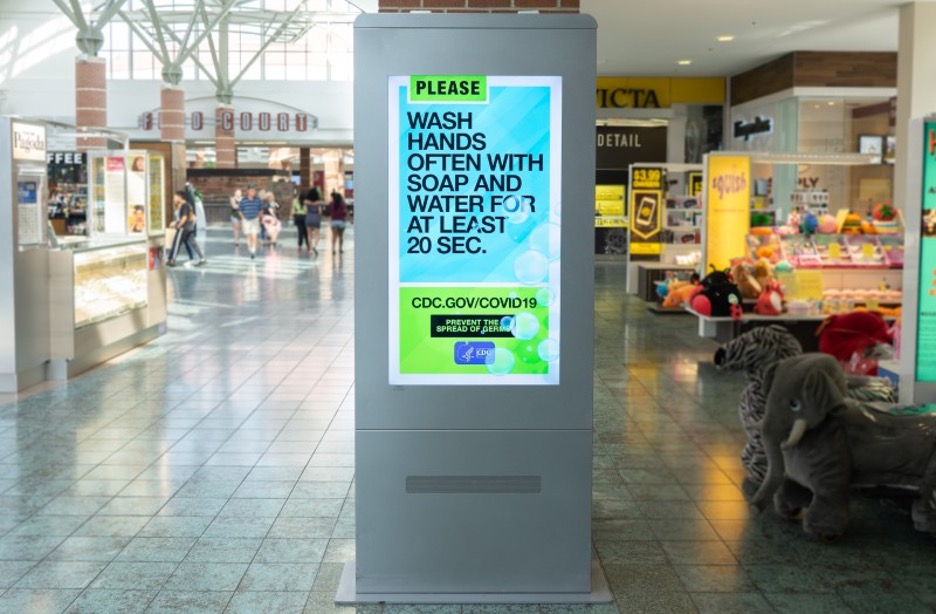
It’s been quite empowering to see cities allocate the resources to provide these public statements, and helps contribute to the fact that things aren’t yet the same, as much as some brands want them to be.
Another shift we’ve seen in many cities, is the surge of DOOH displays advertising local businesses. Many local businesses have been close to destroyed due to loss of traffic and sales in the COVID era. To combat this, a few large DOOH media companies in cities across the US have been participating in an initiative which donates display time to local businesses to bring back traffic and awareness.
Orange Barrel Media, for example, launched their #OBMSupportsLocal campaigns in dozens of US cities, partnering with bigger brands like Bud Light to support local businesses.
Looking Forward
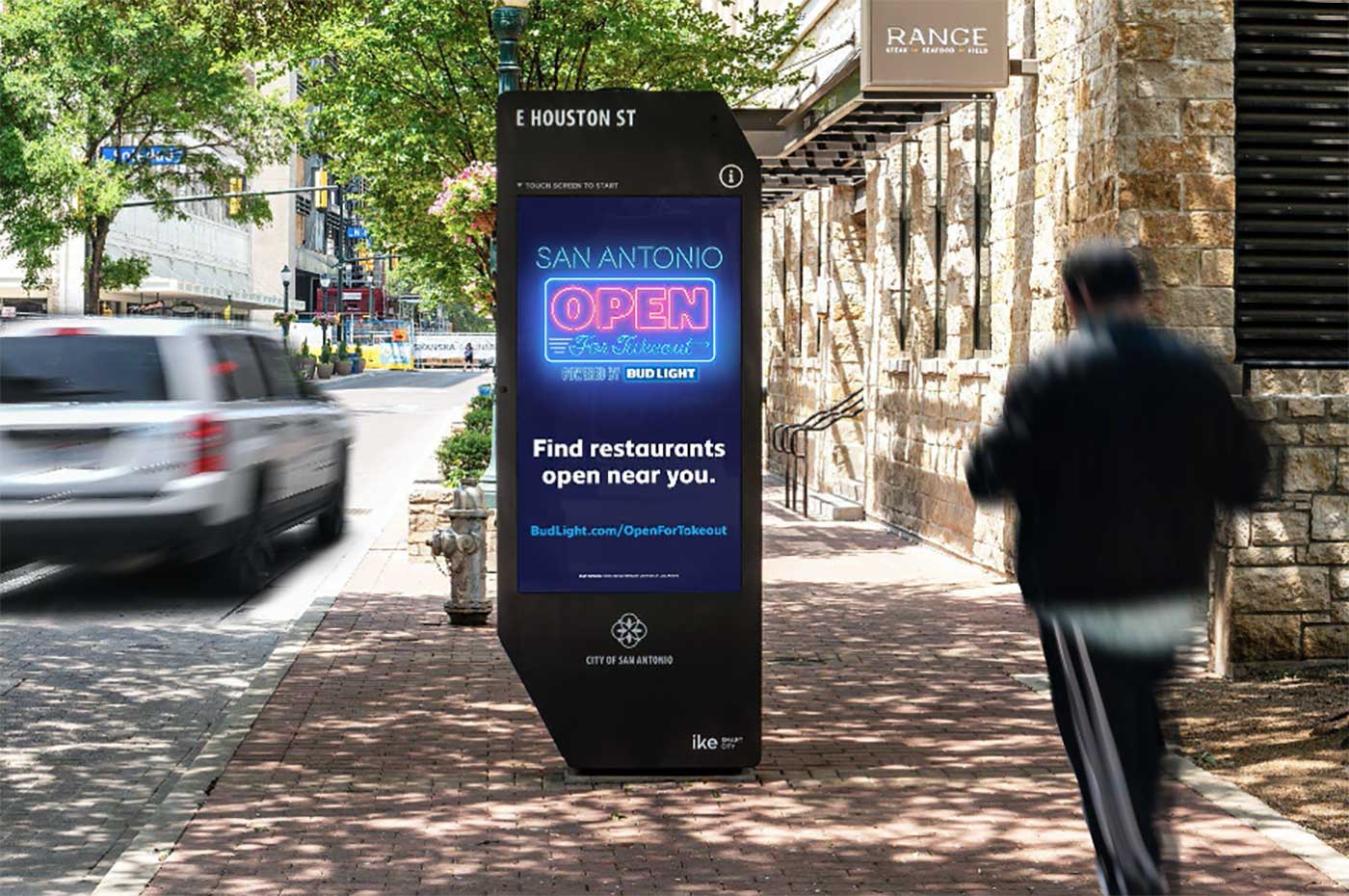
While some countries are currently recovering quicker than others in terms of getting back to larger traffic and advertising spends, it’s expected to see lasting changes in both the DOOH and advertising industries as a whole.
Going forward, brands and media buyers will need to evolve to fit the new customer and shifting consumer behavior.
What Does This Entail?
Consumers will be more apt to support online/takeout in the coming months, even with restrictions being uplifted and more physical businesses testing soft re-opens.
It can be expected that going forward, there will be an increased trend of caution in consumers, especially as it pertains to the amount of contact, they’ll need to come into to receive their products.
Delivery services like DoorDash, PostMates and UberEats have boomed due to this, and it will be interesting to see the long-term projections of the delivery industry and its accompanying advertisement campaigns.
Additionally, it’s important to note that consumers are simply not responding to advertisements the same way they would post-COVID.
Many consumers are less equipped with disposable income, and are looking for support, flexibility and genuine connection with brands. Many large corporations did a great job of responding to this early on with widespread free or reduced cost services.
However since that is not a tangible long term strategy, brands may need to adjust their voices when it comes to speaking to and connecting with the new consumer.
Increase of Programmatic and Data Usage
As mentioned earlier, the already on-the-rise segment of programmatic advertisements in DOOH will most likely continue to see surges in popularity going forward.
This is due to the ability to target ads based on relevancy and consumer data in real-time, dependent on demographic and location information.
To accompany the increase of programmatic ads in DOOH, we’ll most likely also see a rise in analysis of consumer data, specifically mobile data which provides brands with hyper-focused info on interests, preferences, income size, gender, commute patterns and more.
Data fueled DOOH platforms like Alfi are seeking to do just that – by improving how consumers experience DOOH with AI and machine learning to intelligently deliver the right content, to the right person, at the right time.
These platforms utilize unintrusive technology to scan demographic data of consumers in a particular area, then deliver relevant ads in real time with programmatic capabilities.
Public Service
As the pandemic continues to progress and restrictions are uplifted and changes are made, DOOH will continue to play a big role in keeping the public aware and informed.
Whether this is backed by the spending of direct governments or brands incorporating public announcements into their campaigns is yet to be seen, although so far it appears to be a mix of the two.
Nonetheless, DOOH will remain a valuable asset to get public information across, specifically local-focused info that can be tough to communicate across personal devices.
Has COVID Marked the End of the DOOH Industry?
Definitely not. If anything, the pandemic has given the DOOH and advertising industry as a whole time to redevelop their strategy and rethink how marketing campaigns will remain going forward.
Undoubtedly there’s been serious impacts to local economies and brands in the short term, however as life begins to adapt to the “new normal” the advertising industry will do the same.
Ready to combine intelligent data to take your DOOH experience to the next level? Chat with an Alfi representative today.
